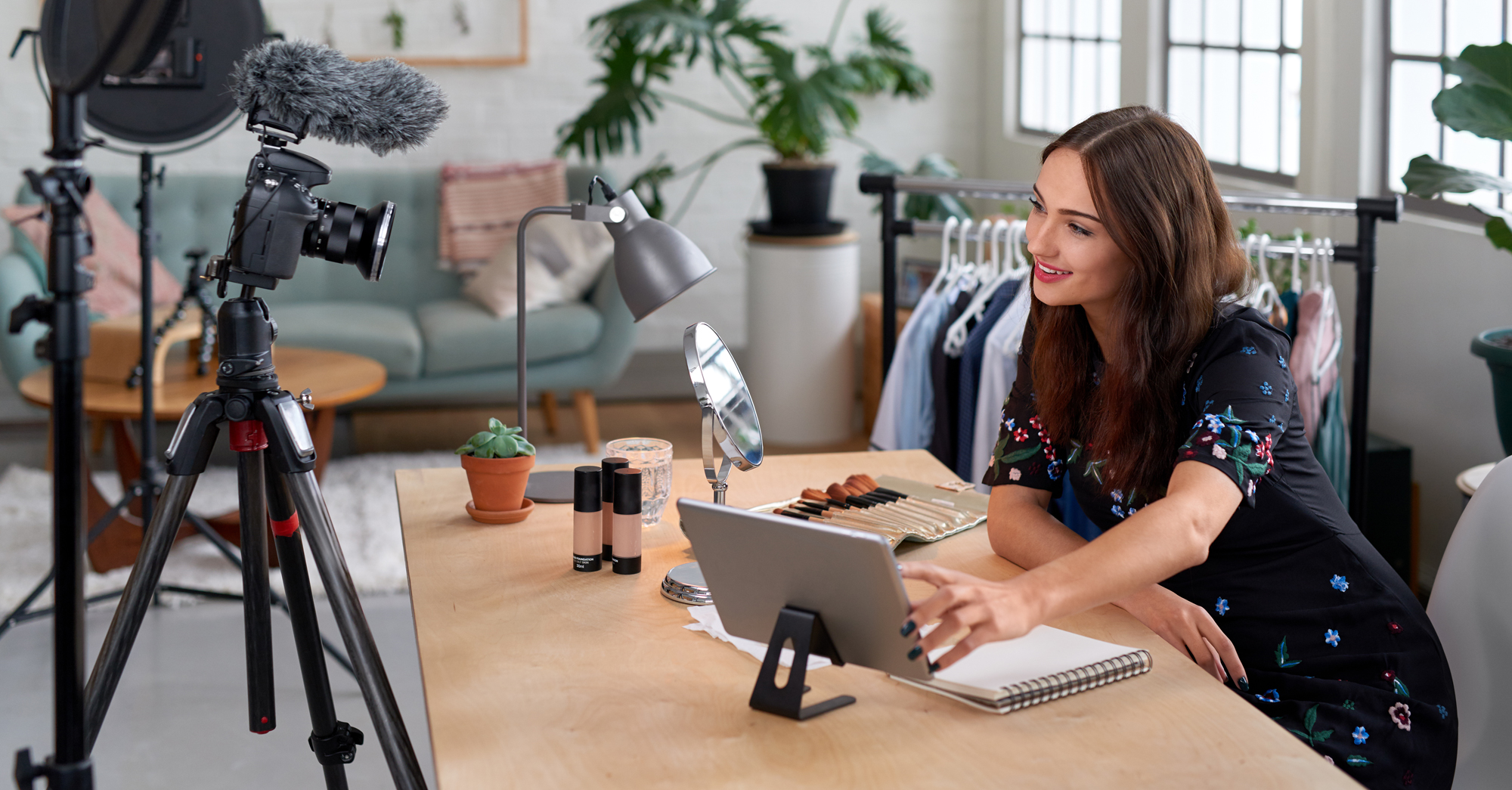Influencer marketing is taking on a unique, new challenge as in-person shoppers return to physical retail stores after the COVID-19 pandemic. As retail stores struggled over the course of the pandemic, influencers and content creators continued to gain interest through their social media platforms. However, now more than ever, shoppers are determined to get back into the physical stores and shops they missed during quarantine. Research shows that by the end of 2021, more than $4.44 trillion dollars will be spent in retail sales as more people get vaccinated. With the retail economy re-opening, seeking out support from content creators is a great way to utilize influencer marketing to help bring more visitors to your store.
What to Think About When Connecting with Influencers
It’s important to make sure that your retail brand is on the same page as the content creator you’re working with. Not only could a miscommunication be detrimental to the success of your influencer relationship, it can negatively impact your retail store financially and publicly as well.
1. Brand Alignment
You want to make sure that the influencer you are working with understands your business mission and goals. Making your goals clear from the start of that relationship will build a sense of trust and give the creator a goal to work toward. Finding an influencer who connects with your business is the best way to form a genuine partnership. Also, agreeing on set partnership details also creates a solid foundation for a long-term, working relationship. Find a content creator who enjoys your products, supports your business mission, and agrees to a partnership that will, in turn, bring more engagement to your store. If all of those elements are successful, the influencer marketing strategy is off to a good start.
2. Cost-Effectiveness
Working with influencers and content creators is not free. Even micro and nano influencers often request some sort of payment or free product in return for their social services. However, seeking out micro influencers may be a good idea for your retail brand if you are slowly entering the influencer market and want to remain budget-friendly. A 2019 report showed that nano and micro influencers with less than 25,000 followers have actually been receiving the highest engagement rates as of late. Whether your brand seeks out lesser known influencers or puts out a few dollars to gain fast interest using popular content creators, setting a budget is definitely necessary before reaching out.
Ways Influencers Draw Retail Store Interest
Many people think social media influencers are only beneficial for digital retailers. Physical retail stores benefit just as much from utilizing influencers because you likely share information across numerous platforms, not just at your physical location. Between a website, social media platforms, email newsletter, and physical retail site, influencer marketing can connect all of those places to create a successful strategy to improve sales and engagement.
In-Store Events and Incentives
Utilizing influencer marketing can draw more interest to your physical retail store. Ways to do this include creating incentives for the influencer you’re working with to promote on their social media platforms. Whether the incentive is an in-person discount code or something brand-specific, using the content creator on a regular basis can help grow their following and bring more interest to your physical store.
Photo-Ready Store Aesthetic
Social media, especially Instagram, focuses on visually pleasing content. If your physical store is organized and on-brand, it becomes a much more Instagrammable setting. That may sound odd for those not familiar with influencer marketing, but when you work with a content creator, making sure your retail store has a well-lit, thematic environment provides more opportunities for photo sharing and growth for both the store and influencer.

